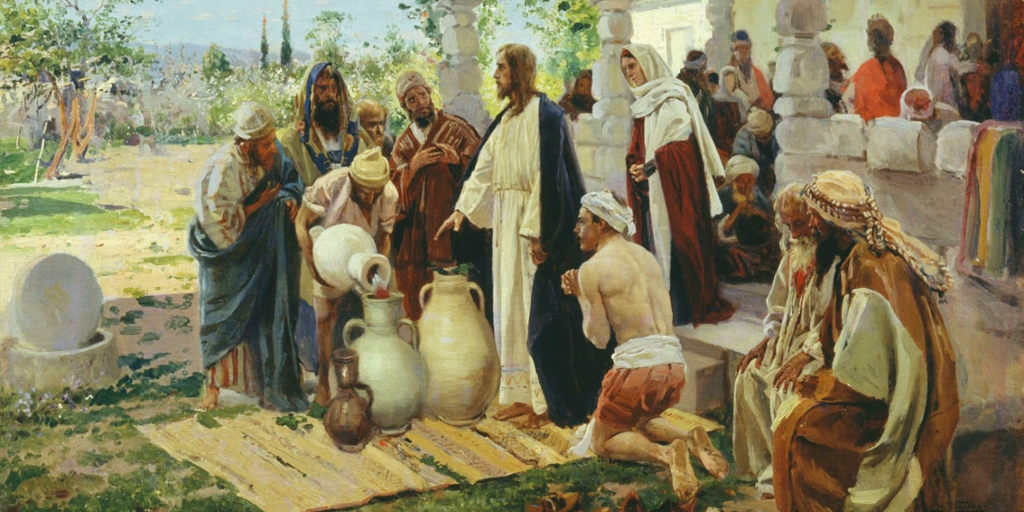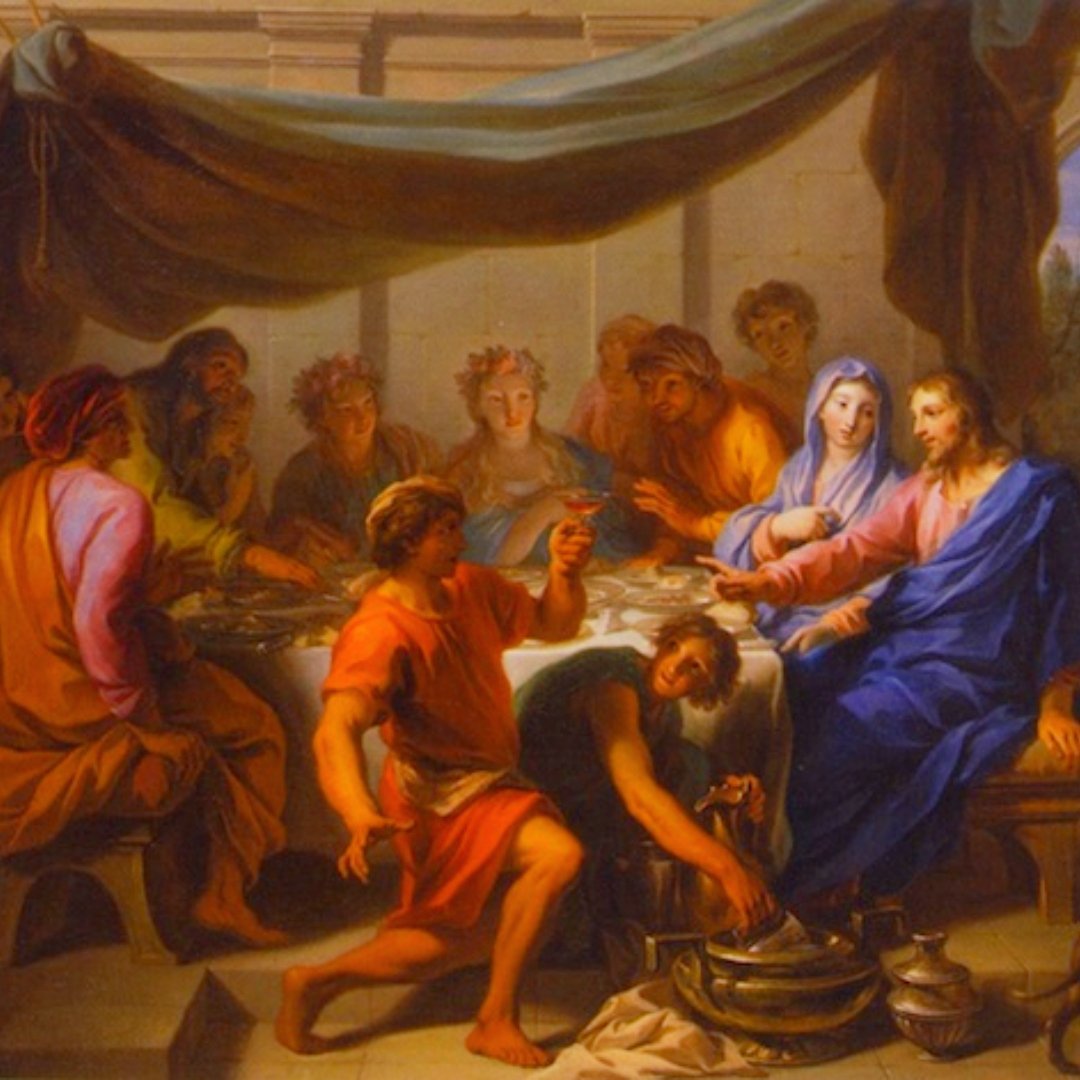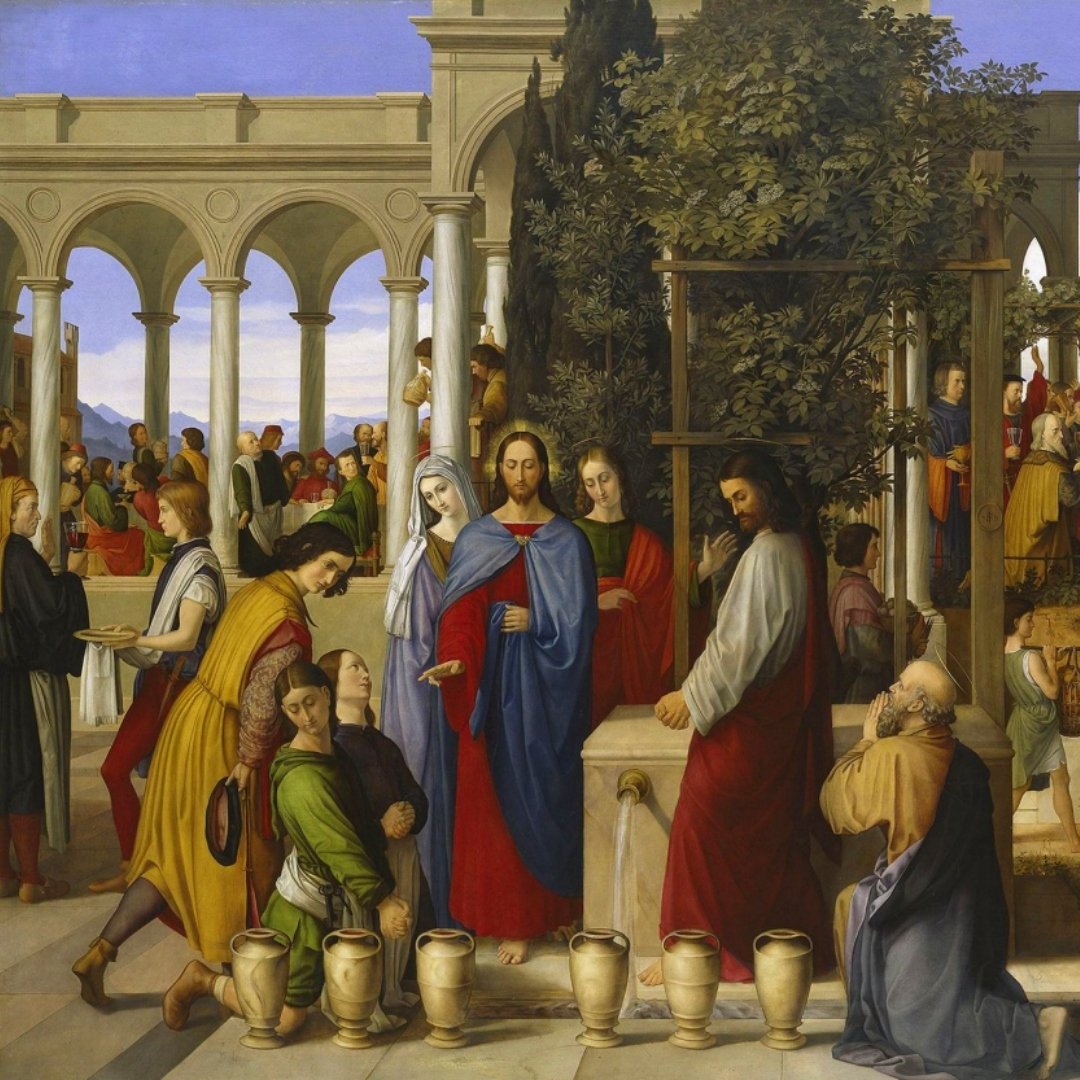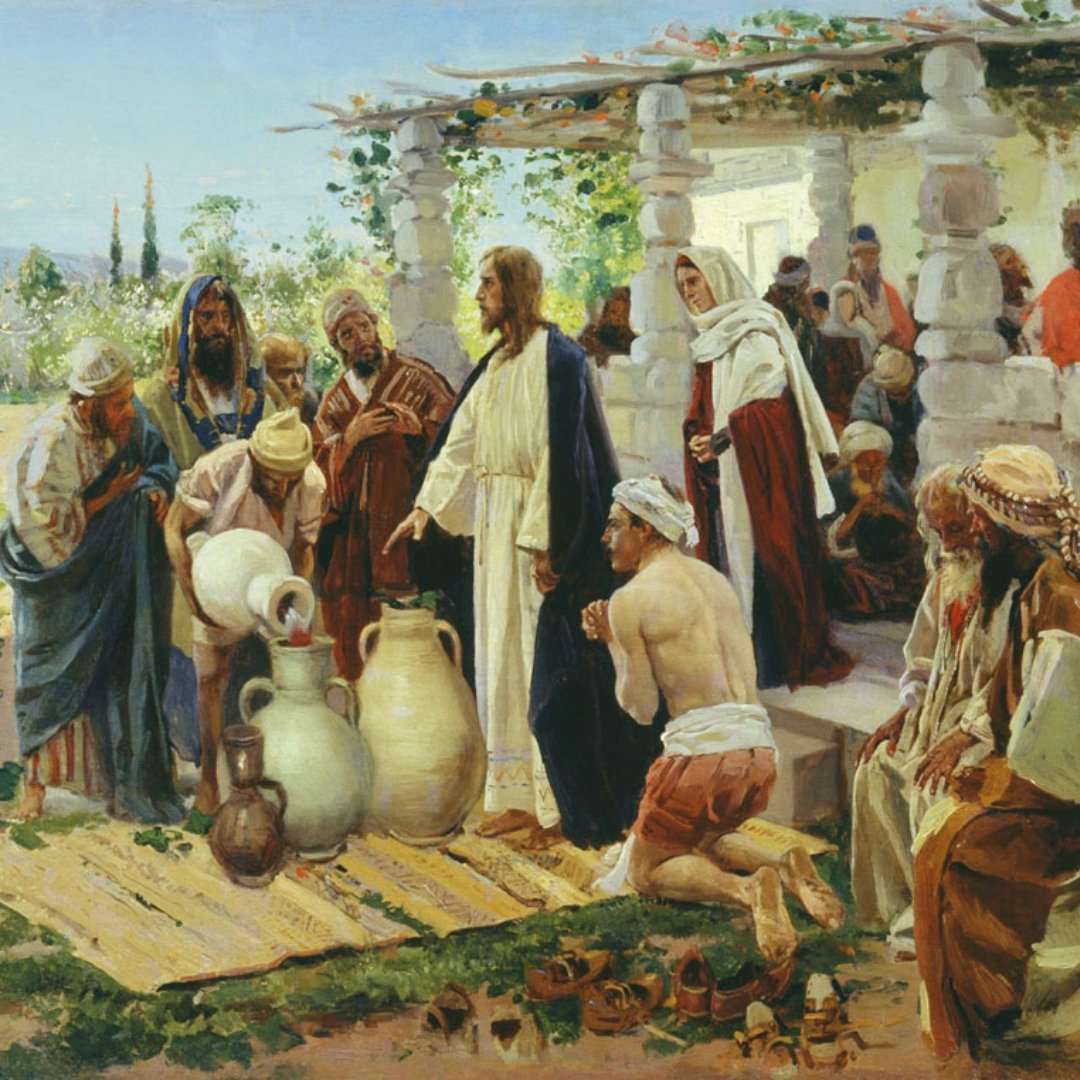
Kristina Talbot shares how following Mary’s example at the Wedding Feast of Cana may be less complicated than we think.
“Do whatever he tells you.” (John 2:5)
I grew up with a grandmother who had a strong devotion to Our Lady. I can recall attending Mass with her and her always letting me know that she had to stop by to say hello to the Blessed Mother before we could leave. She could always be found with a rosary in her pocketbook and made sure that I had a Miraculous Medal to wear when I went to college.
As time went on, I developed my own relationship with Our Lady and there was something about her unique invitation to her Son that made Him so much simpler and more accessible. The rosary became a regular part of my prayer life and I even opted in on Total Consecration to Jesus through Mary by St. Louis-Marie de Monfort, even though it would take several efforts before I grasped the depth and beauty that such devotion offers.
It didn’t take long to figure out that if you are close to Our Lady, she will aid in keeping you closer to her Son, Our Lord. When the Luminous Mysteries of the Rosary were introduced to the world by St. John Paul II in his apostolic letter Rosarium Virginis Mariae in 2002 the second Mystery began to be one of my favorites and most challenging. I had this desire to do what He told me, but I also pondered: how do I know what He is telling me to do?
Now there were six stone water jars there for Jewish ceremonial washings, each holding twenty to thirty gallons. Jesus told them, "Fill the jars with water." So they filled them to the brim. Then he told them, "Draw some out now and take it to the headwaiter." So they took it. (John 2: 6-8)
I found that I really wanted some specific instructions that were abundantly clear such as "fill the jars with water." But as I grew and learned, I realized that often, amid meditating upon the Mysteries of the Rosary, we are given instructions.
“Do whatever he tells you.” John 2:5

I spent a lot of time overthinking that He was telling me to do something big and I feared missing the instruction manual that was sure to follow. Yet, often, what He is saying, is as simple as "Fill the jars with water." Only the jars are the people we encounter and He’s saying, "Fill their hearts with love." In that light, I can see how every day, there are opportunities to fill hearts around us within our families, friends, co-workers, and communities. Love can be distributed even more abundantly than water.
And when the headwaiter tasted the water that had become wine, without knowing where it came from (although the servers who had drawn the water knew), the headwaiter called the bridegroom and said to him, “Everyone serves good wine first, and then when people have drunk freely, an inferior one; but you have kept the good wine until now.” John 2:9-10

What often limits me in my capacity to love is that I attempt to make the transformation happen on my own. My propensity towards self-sufficiency leads to exhaustion, irritability and a sense of disorder. Yet, when I am connected to Our Lady who leads me to her Son, there is an abundance of love to share and an awakening to opportunities to bear witness to the "good wine" in life that is the "good love" that we yearn for.
Jesus did this as the beginning of his signs in Cana in Galilee and so revealed his glory, and his disciples began to believe in him. (John 2:11)
It is natural that we would look for signs. But in this month of Mary, we need not look far for a sign and example to us as women. Mary did not take over the scene and insist upon a miracle in Cana; she let her Son know the situation and left room for him to work. By following her example, it may mean that we relinquish control and open our hearts to leave Him room to take the lead.

Copyright 2023 Kristina Talbot
Images: Vladimir Makovsky, Public domain, via Wikimedia Commons; Daniel Sarrabat, Public domain, via Wikimedia Commons
About the Author

Kristina Talbot
Kristina Talbot is a Licensed Clinical Social Worker and native Floridian who loves that her engineer husband enjoys Karaoke, and her four children enjoy carpool line with the music up. Kristina is the owner and founder of ARISE Mental Health Consulting Services and has a ridiculous amount of knowledge about football. You can follow Kristina on Facebook and Instagram @arisemhc.


.png?width=1806&height=731&name=CatholicMom_hcfm_logo1_pos_871c_2728c%20(002).png)
Comments